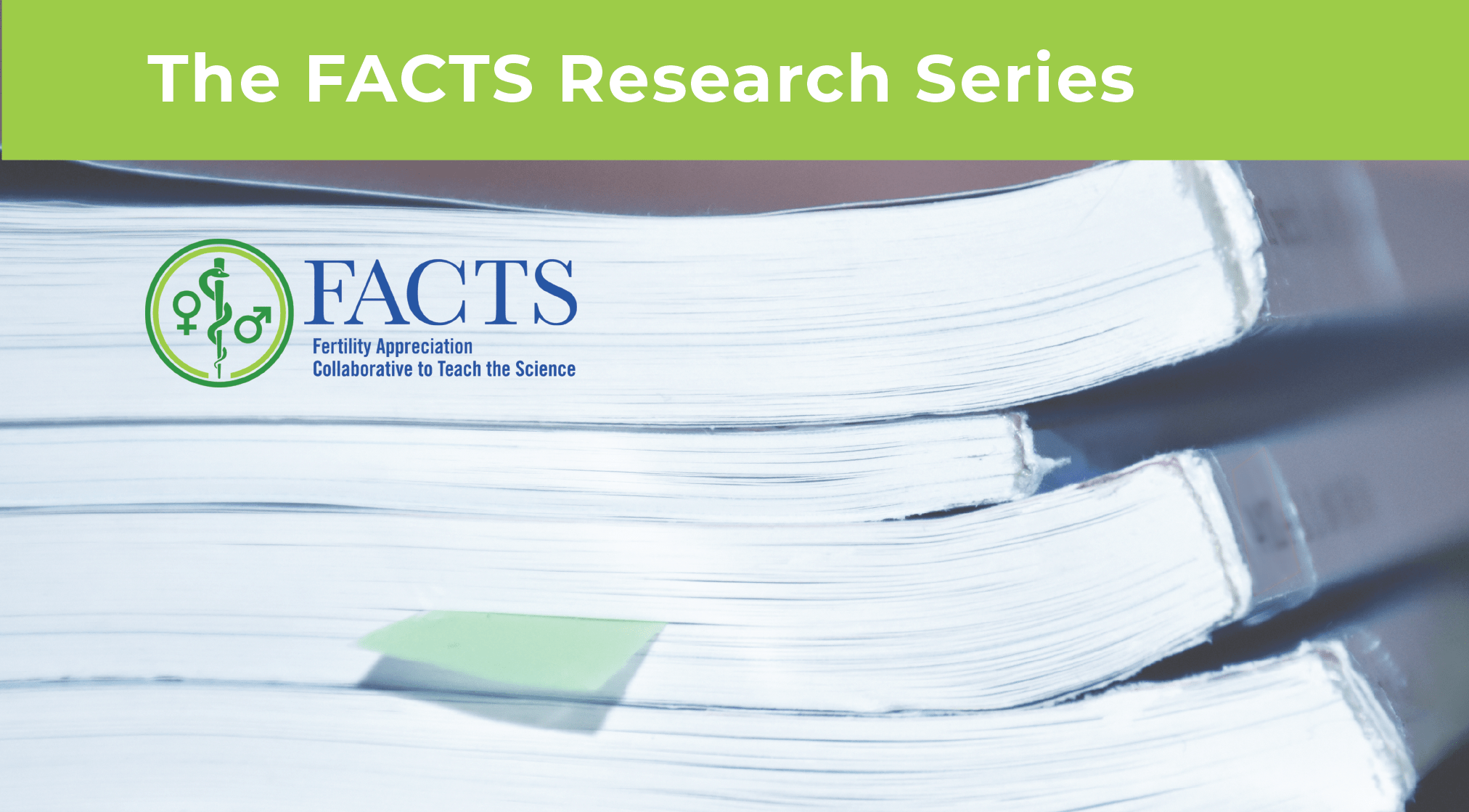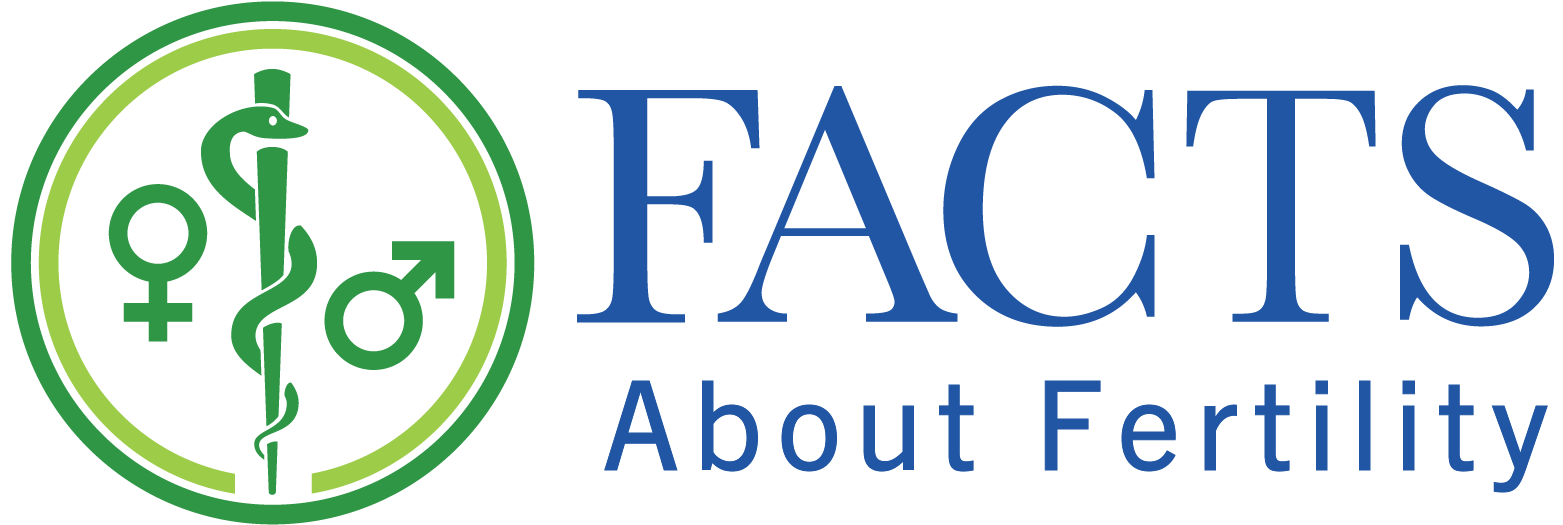Conception and the Fertile Window: It’s All in the Timing

“This study found 86 pregnancies per 100 women at 24 months of tracking, affirming the utility of cycle tracking in patients attempting to conceive.”
Urinary Pregnanediol-3-Glucuronide to Confirm Ovulation: A Review

“After the first positive urinary LH test or the end of fertile-type mucus, 3 consecutive days of urinary PDG above 5 µg/mL is 100% specific to confirm ovulation.”
The CycleBeads Mobile App in Developing Countries: A Review of Research

“The study found the app was beneficial to a diverse population of women and could be used to address a variety of reproductive goals.”
Predicting Ovulation Using Apps vs. Calendar Methods: A Review

This summary of research by Dr. Katelyn Myers offers thoughtful review and new insights into the utility of charting with fertility awareness-based methods (FABMs), as well as warnings about potential pitfalls if relying on applications (apps) to predict ovulation. Read more on the blog!
Mobile Apps to Assess Menstrual Health: A Summary of Research

As technology becomes simpler and more accessible to women who wish to monitor their reproductive health, previous assumptions and long-held facts about the menstrual cycle continue to be challenged and, at times, debunked. As more women learn how to chart their cycles and new research is conducted with the daily data made possible through charting, the sky is the limit as to what can be learned about the female cycle. Read more in this review of the research!
Subclinical PCOS in Healthy Eumenorrheic Women? A Research Review

Polycystic ovary syndrome (PCOS) is a common condition with specific criteria that can present with subtle findings early on. The significance of sporadic anovulation in eumenorrheic women remains unclear. In this study, the authors aimed to assess whether sporadic anovulation was associated with clinical evidence of hyperandrogenemia. Read more in this review of the research!
Computerized Fertility Monitors: A Review of Research

Fertility awareness-based methods rely on various biomarkers of fertility, including physical signs (e.g., cervical mucus and basal body temperature) and key hormones. Specifically, the rise in estradiol and the surge in luteinizing hormone (LH) play an important role in ovulation and a woman’s cycle. Devices can be used to measure hormone levels to further delineate specific changes throughout the menstrual cycle. Kellie Wo, DO explores the use of technology and devices in this research review.
Modern App-Based Fertility Tracking

The post focuses on research in the field of fem tech and fertility awareness tracking apps. It is the first in our newly launched weekly series devoted exclusively to research and development in the field of fertility awareness and women’s reproductive health. We hope you will tune in each week to learn more! Today’s feature reviews a research study published in 2019 in “Fertility and Sterility” that summarizes and analyzes menstrual cycle data self-reported by more than 98,900 women via the Ovia Fertility mobile application-based period tracker.
More Apps for Fertility Awareness: A Review of Research

Fertility awareness applications (apps) are a hot topic and will continue to grow in popularity, making it essential to assess their effectiveness, accuracy, and ease of use. This is a review of research published in 2018 in the International Journal of Gynaecology and Obstetrics titled, “Acceptability of a text message-based fertility awareness application for family planning in Lucknow, India.”
FABMs: Essential Tools in a Physician’s Toolbox

During National Endometriosis Awareness Month, we write about two patients whose diagnosis and treatment of endometriosis was expedited by the use of charting and fertility awareness based methods (FABMs). Kylie Knoles-Barnett, a second year medical student, conducted this interview which illustrates the roadblocks some women encounter as they seek help. Medical professionals with expertise in FABMs have an expanded toolbox to support these women.
